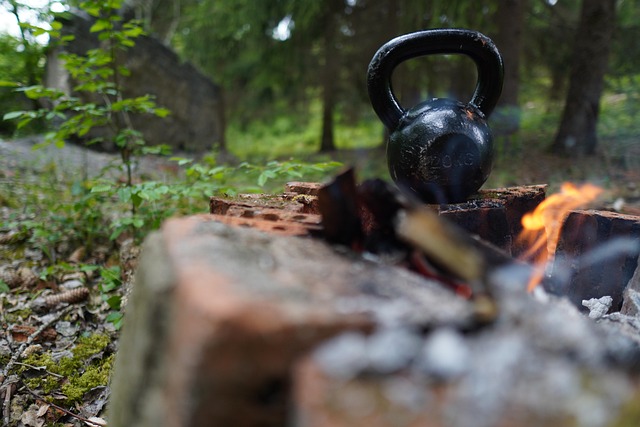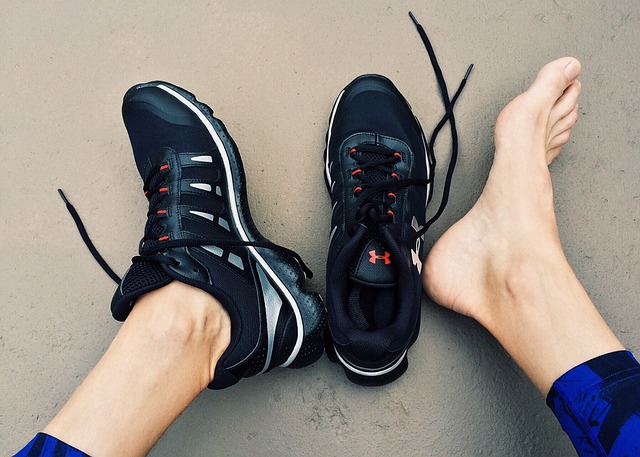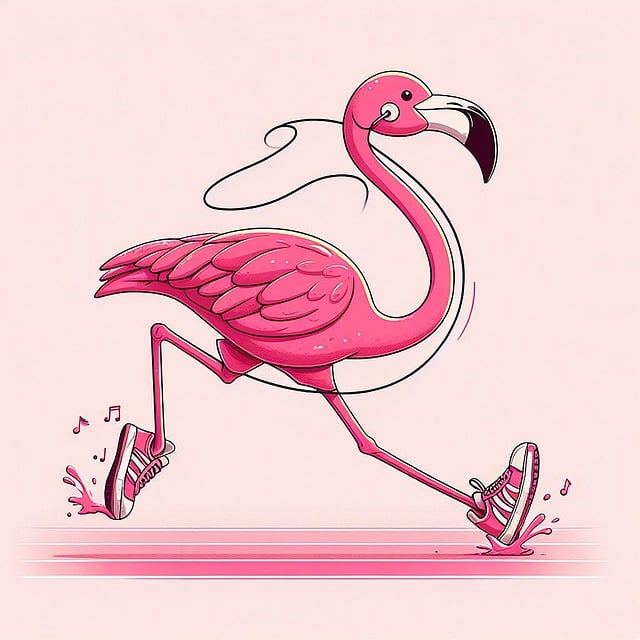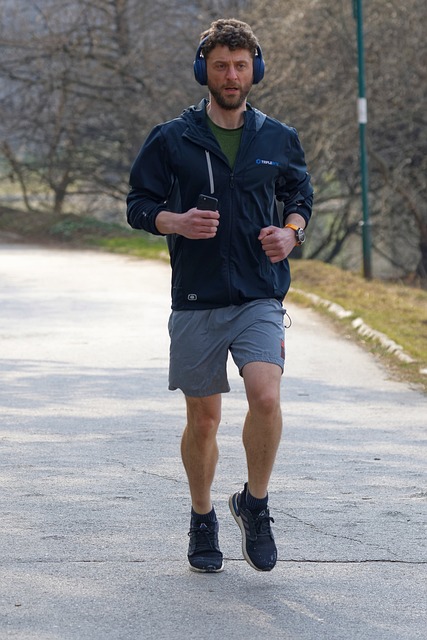Running offers excellent outdoor activity, but prioritizing safety through proper gear and precautions is vital. Essential items include reflective clothing, suitable footwear, moisture-wicking fabrics, and hydration. Personal safety devices like whistles and first aid kits are crucial. Investing in these ensures a secure, enjoyable running experience with enhanced protection.
“Enhance your running experience with our comprehensive guide to runner safety tips and essential protection gear. From personal safety for runners to choosing the right footwear and staying visible on your next marathon, we’ve got you covered. Discover must-have items every runner’s arsenal should include, including hydration strategies and first aid kits. Ensure a secure and enjoyable journey by implementing these runner protection tips tailored to keep you safe and comfortable during your runs.”
- Understanding Runner Safety Tips: The Basics of Personal Safety for Runners
- Essential Running Gear: Must-Haves for Every Runner's Arsenal
- Footwear: Choosing the Right Shoes to Protect Your Feet
- Clothing and Accessories: Staying Visible, Comfortable, and Protected
- Additional Protection Advice: From Hydration to First Aid Kits
Understanding Runner Safety Tips: The Basics of Personal Safety for Runners

Running is an excellent way to stay fit and enjoy the outdoors, but it’s crucial to prioritize personal safety for runners to ensure a pleasant and secure experience. Understanding runner safety tips forms the foundation of a secure running routine. Firstly, consider investing in essential running gear designed to enhance visibility during low-light conditions. Reflective clothing, shoes with glowing elements, or a bright running belt can significantly improve your odds of being seen by motorists and fellow pedestrians, especially when running early in the morning or at night.
Additionally, personal safety for runners involves being aware of your surroundings. It’s beneficial to stay on popular routes, avoid isolated areas, and inform someone about your planned running route and expected return time. Carrying a phone for emergencies is also vital, alongside considering a personal safety device like an alarm or GPS tracker. These precautions contribute to safe running gear and provide valuable runner protection tips, ensuring you can enjoy your runs with peace of mind.
Essential Running Gear: Must-Haves for Every Runner's Arsenal

Running is an exhilarating activity that offers both physical and mental health benefits. However, to ensure a safe and enjoyable experience, every runner should invest in essential gear designed to enhance performance and protect against potential hazards. A good starting point for building your runner’s arsenal is a high-quality pair of shoes tailored to your foot type and running style. Proper footwear provides the necessary support, absorbs impact, and reduces the risk of common running injuries like shin splints or stress fractures.
Complementing your shoes, essential running gear includes comfortable and breathable clothing suitable for various weather conditions. Moisture-wicking fabrics help keep you dry during intense workouts, while reflective materials enhance your visibility during early morning or evening runs. Don’t underestimate the power of a well-fitted sports bra for women, as it secures your chest and prevents discomfort during long-distance runs. Finally, consider incorporating safety items like a bright running belt or backpack to carry essential belongings, a whistle for personal safety, and reflective gear to make yourself more visible to motorists and fellow runners.
Footwear: Choosing the Right Shoes to Protect Your Feet

Choosing the right footwear is an integral part of ensuring runner safety tips and protecting your feet during each stride. Different types of running shoes are designed to cater to various foot shapes, arch types, and running styles, making it crucial to find a pair that offers both comfort and support. Investing in high-quality, suitable shoes is essential running gear that can prevent injuries and enhance overall runner protection advice.
When selecting safe running gear, consider factors like cushioning, stability, breathability, and flexibility. Proper footwear provides the necessary shock absorption for your feet as they hit the ground, reducing impact forces and minimizing the risk of common running-related injuries. Additionally, a well-fitted shoe ensures personal safety for runners by allowing natural toe splay, promoting good foot alignment, and offering adequate support during long-distance runs or intense training sessions.
Clothing and Accessories: Staying Visible, Comfortable, and Protected

Running is an excellent way to stay active and healthy, but ensuring your personal safety while doing so is paramount. When it comes to clothing and accessories, runners should prioritize items that not only enhance visibility but also offer comfort and protection. Reflective gear, such as jackets or shoes with reflective elements, is crucial for runner safety tips, especially when running in low-light conditions. These items allow motorists to spot runners more easily, reducing the risk of accidents.
Moreover, consider moisture-wicking fabrics that keep you dry and comfortable during runs. Proper footwear is also essential running gear; choose shoes designed for your foot type and running surface to prevent injuries and ensure a safe running experience. Additionally, accessories like sunglasses protect your eyes from debris and the sun’s glare, while a good quality hat or headband can help absorb sweat, keeping your face dry and reducing fatigue.
Additional Protection Advice: From Hydration to First Aid Kits

Staying hydrated is a fundamental aspect of runner safety tips. It’s easy to get caught up in the pace and forget to replenish fluids, but dehydration can lead to fatigue, decreased performance, and even more serious health issues. Always carry water or an electrolyte drink during long runs, and ensure you’re drinking enough throughout the day. A good rule of thumb is to aim for at least 8 ounces of fluid 2-3 hours before your run, and another 8-16 ounces right after.
Beyond hydration, packing a basic first aid kit is crucial for personal safety for runners. This should include bandages, antiseptic wipes, pain relievers, blister treatment, and any personal medications you may need. Storing this kit in an easily accessible location, like your running belt or backpack, ensures you’re prepared in case of any minor injuries during your run. Remember, being equipped with these essentials can make a significant difference in your comfort and safety while hitting the trails.






